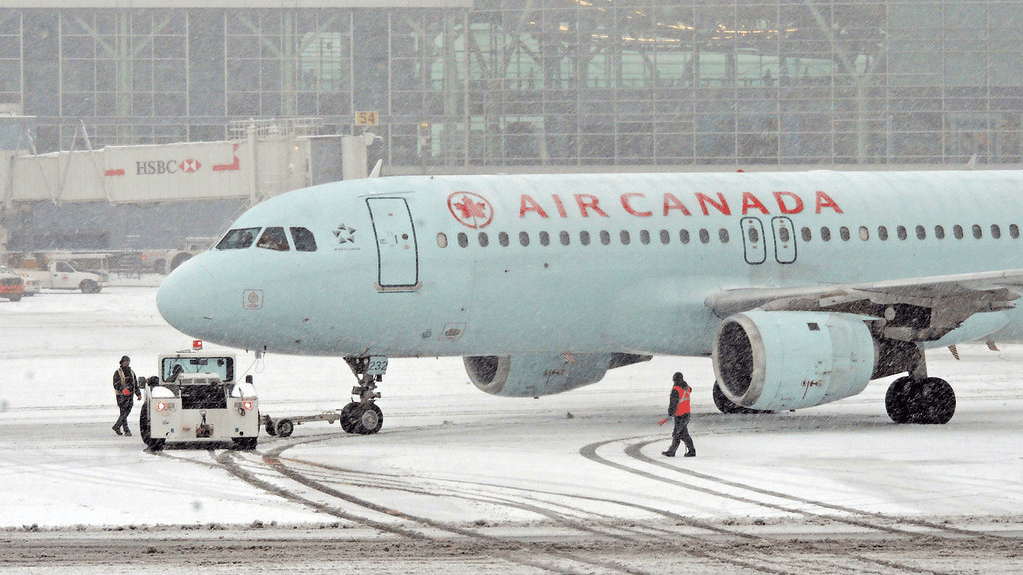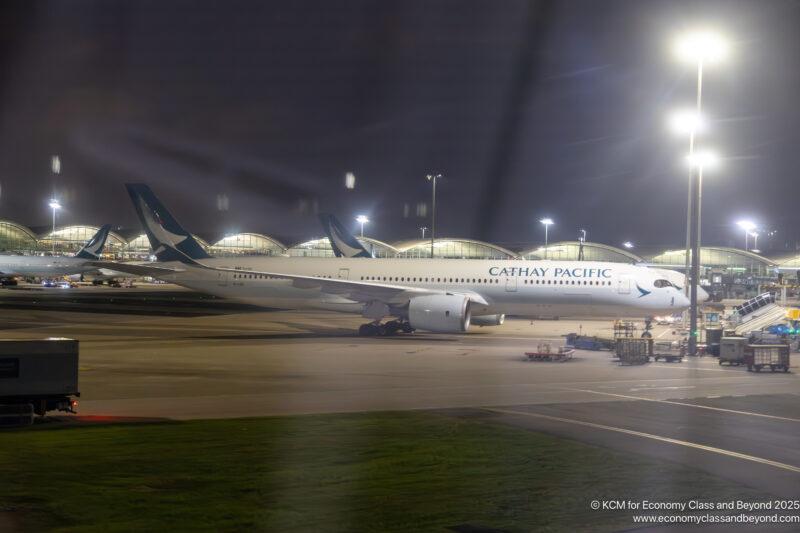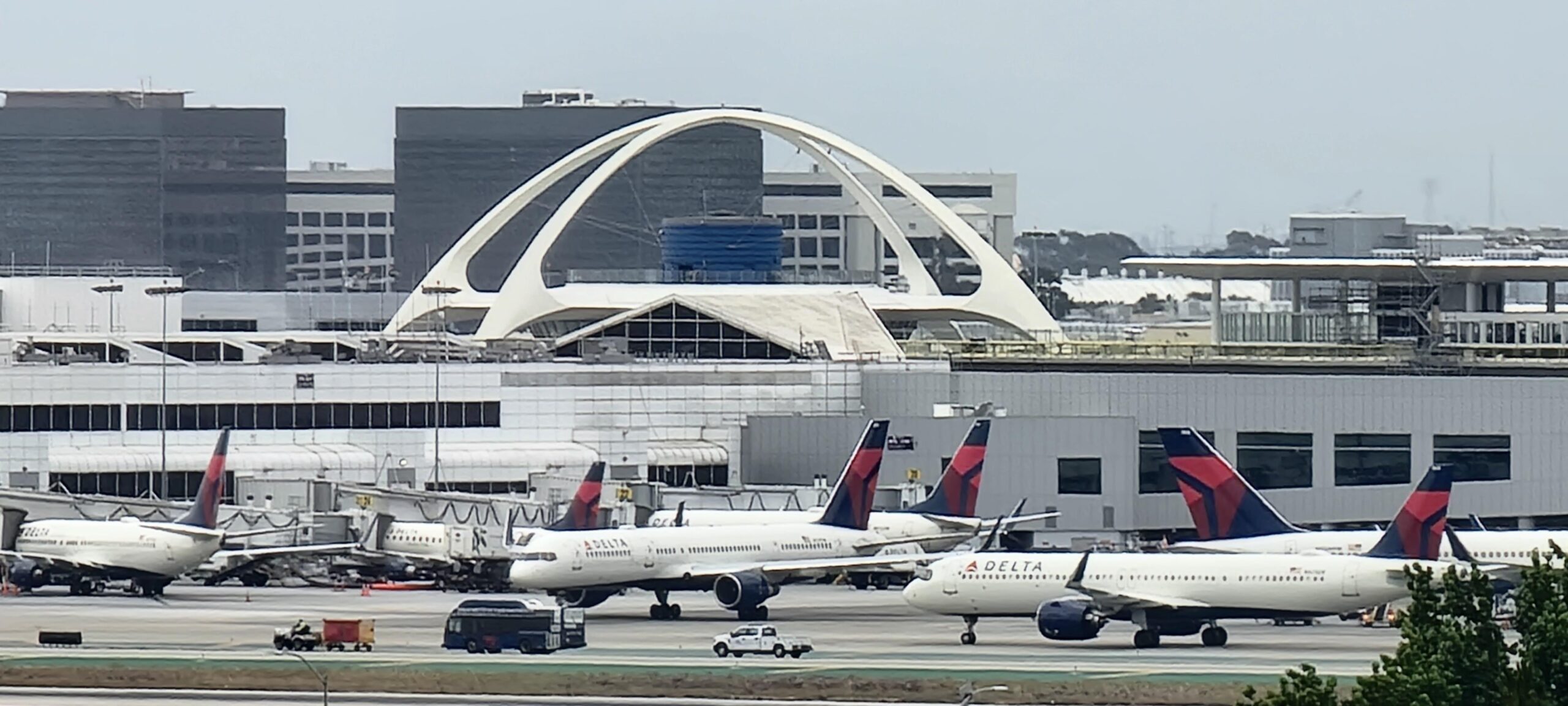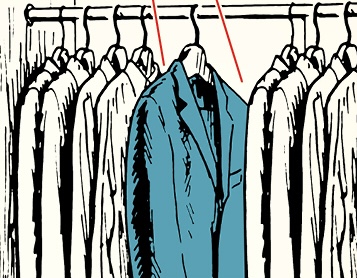Star Alliance Airport Lounge Access Explained
One of the great things about the ”big three” global airline alliances is that they offer reciprocal lounge access for travelers. In this post, I want to take a closer look at the Star Alliance’s lounge access policy for travelers, as understanding the nuances of airport lounge access can be complicated.

One of the great things about the “big three” global airline alliances is that they offer reciprocal lounge access for travelers. In this post, I want to take a closer look at the Star Alliance’s lounge access policy for travelers, as understanding the nuances of airport lounge access can be complicated.
As a general rule of thumb, you can expect that you’ll get lounge access with Star Alliance either if you have Star Alliance Gold elite status, or if you’re traveling in first or business class. That doesn’t consistently apply within the United States (when traveling on United), which I’ll address as well.
First let me cover the basics of the Star Alliance, and then I’ll talk about the alliance’s policy on lounge access when traveling in first class, business class, and when having Star Alliance Gold status. Note that you can always reference the Star Alliance Lounge Finder for the basics of Star Alliance’ lounge access rules (though I’ll try to simplify it even more in this post).
In separate posts I’ll cover the lounge access policies of oneworld and SkyTeam. Let me say that in general, I think oneworld has the most generous lounge access policies, followed by Star Alliance, followed by SkyTeam.
The basics of the Star Alliance
First let’s cover the very basics. The Star Alliance is the world’s largest airline alliance, with over 25 member airlines. The alliance was founded in 1997, with United Airlines, Air Canada, Lufthansa, Scandinavian Airlines, and Thai Airways, being the founding members.
Note that in the near future, Asiana Airlines will leave the Star Alliance (since it was acquired by Korean Air), while ITA Airways will join the Star Alliance (since it received an investment from Lufthansa Group).
Nowadays Star Alliance has the below member airlines.
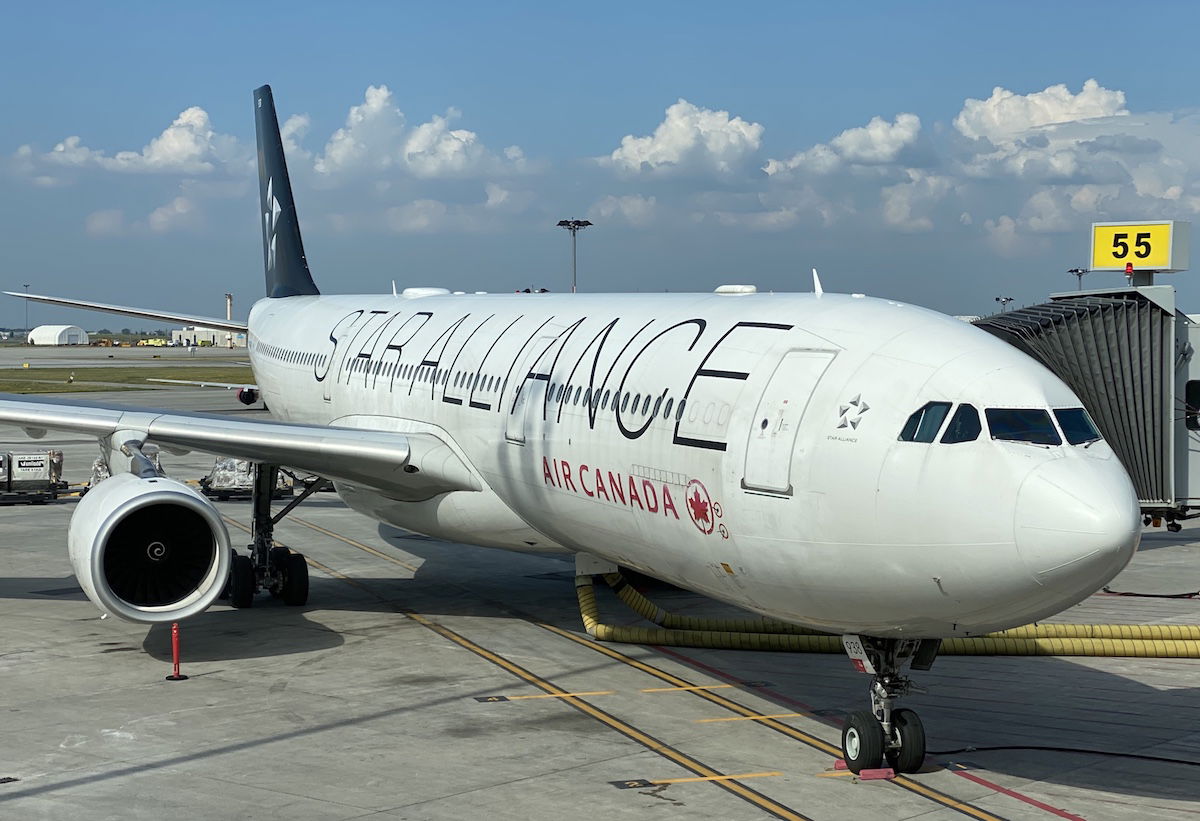
Star Alliance first class lounge access
Let’s start with the Star Alliance lounge access policy when traveling in long haul, international first class. The Star Alliance lounge access policy for first class is as follows:
- You have access to international first class and/or any Star Alliance member carriers’ own lounges (with certain exclusions, which I’ll address below)
- You must present a boarding pass for travel in first class on a Star Alliance flight
- You must be departing from the local airport in first class
- You are entitled to bring one guest, and they must be traveling on the same flight
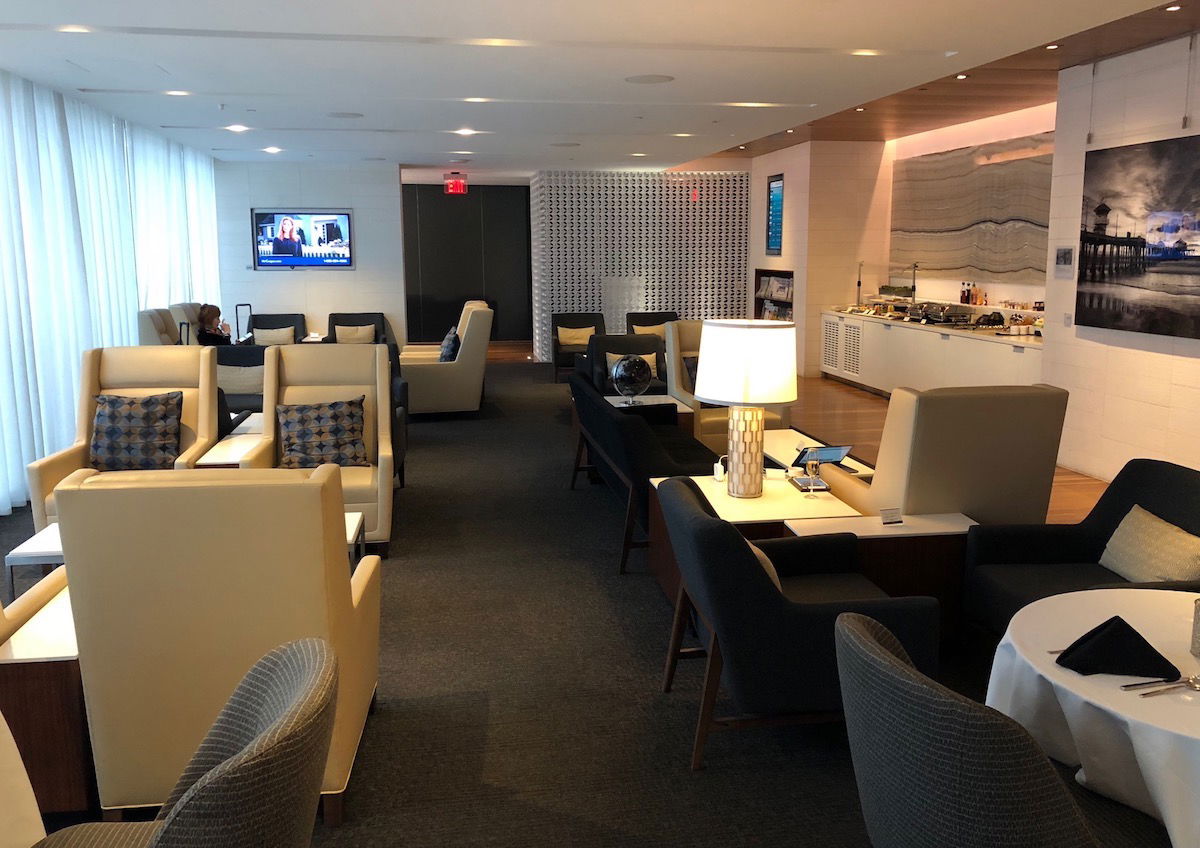
Note that not all Star Alliance first class lounges are available to first class passengers on other Star Alliance airlines:
- Lufthansa first class lounges and SWISS first class lounges are only available to Lufthansa & SWISS first class passengers, while other Star Alliance first class passengers are directed to Senator Lounges
- The Singapore Airlines Private Room Singapore is only open to Singapore Airlines first class passengers, while other Star Alliance first class passengers are directed to the Singapore Airlines First Class Lounge
If you ask me, one major weak point of the Star Alliance’s lounge access policy is that if you’re accessing a lounge based on the cabin you’re traveling in, it’s the departing flight that counts. Say you’re flying Lufthansa first class from Frankfurt to Los Angeles, and are then connecting from Los Angeles to San Francisco in United first class. You wouldn’t receive any lounge access in Los Angeles, since access is based on your departing flight (which would be United’d domestic first class, and that doesn’t come with lounge access).
Let me emphasize that individual airlines may have more generous policies that apply only to their own passengers. For example, if you fly first class and connect to business class on airlines like Lufthansa, Singapore, SWISS, etc., you may get first class lounge access while in transit. However, that only applies to the carrier’s own lounges, and isn’t an alliance policy.

Star Alliance business class lounge access
Now let’s talk about the Star Alliance lounge access policy when traveling in business class. Note that lounge access for domestic United passengers differs a bit, so I’ll cover that in more detail below. The general Star Alliance lounge access policy for business class is as follows:
- You have access to any designated Star Alliance business class lounge
- You must present a boarding pass for travel in business class on a Star Alliance flight
- You must be departing from the local airport in business class
- You aren’t entitled to bring any guests
One added wrinkle is that individual airlines may have more generous policies for their own passengers. Just to give an example, say you’re flying from Frankfurt to Chicago to Los Angeles, with that second flight on United. A United first class ticket from Chicago to Los Angeles doesn’t offer lounge access based on Star Alliance policies. However:
- If the Frankfurt to Chicago flight is on United, you could use United’s lounges in Chicago
- If the Frankfurt to Chicago flight is on Lufthansa, you couldn’t use United’s lounges in Chicago
That’s because Star Alliance lounge access is based on the departing flight (and the Chicago to Los Angeles flight doesn’t offer lounge access), but individual airlines may have more generous policies (United offers lounge access to same-day connecting United long haul business class passengers, above and beyond the Star Alliance policy).

Star Alliance elite lounge access
Star Alliance Gold is the elite tier that offers access to Star Alliance lounges in conjunction with same-day travel. This gets you different lounge access than you’d get if traveling in first or business class, as the policy differs a bit by airline:
- You can access any designated Star Alliance Gold lounge; in some cases these will be business class lounges, in some cases they’ll be better, and in some cases they’ll be worse, though they’ll all have the Star Alliance Gold logo at the entrance
- You need to provide proof of your Star Alliance Gold status, ideally by having it associated with your ticket, in which case it will show on your boarding pass
- You must present a boarding pass for travel on a Star Alliance flight departing from the local airport in any class of service
- You are entitled to bring one guest, and they must be traveling on the same flight
- United MileagePlus Star Alliance Gold members may only access the United Clubs within the United States when traveling in conjunction with a Star Alliance international flight; however, they can access other Star Alliance lounges when traveling domestically (like the Air Canada Maple Leaf Lounge LAX, for example)
I think it’s interesting to note how different airlines treat Star Alliance Gold customers:
- Lufthansa gives Star Alliance Gold members access to Senator Lounges, which are better than the carrier’s lounges for business class passengers
- Singapore Airlines gives Star Alliance Gold members access to KrisFlyer Gold Lounges, which are worse than the carrier’s lounges for business class passengers
- United Airlines gives Star Alliance Gold members access to United Clubs, which are worse than the carrier’s United Polaris Lounges for business class passengers
- It’s also up to each Star Alliance airline as to whether or not they want to allow Star Alliance Gold members into contract lounges, when there are no Star Alliance lounges available; some airlines offer this, while others don’t
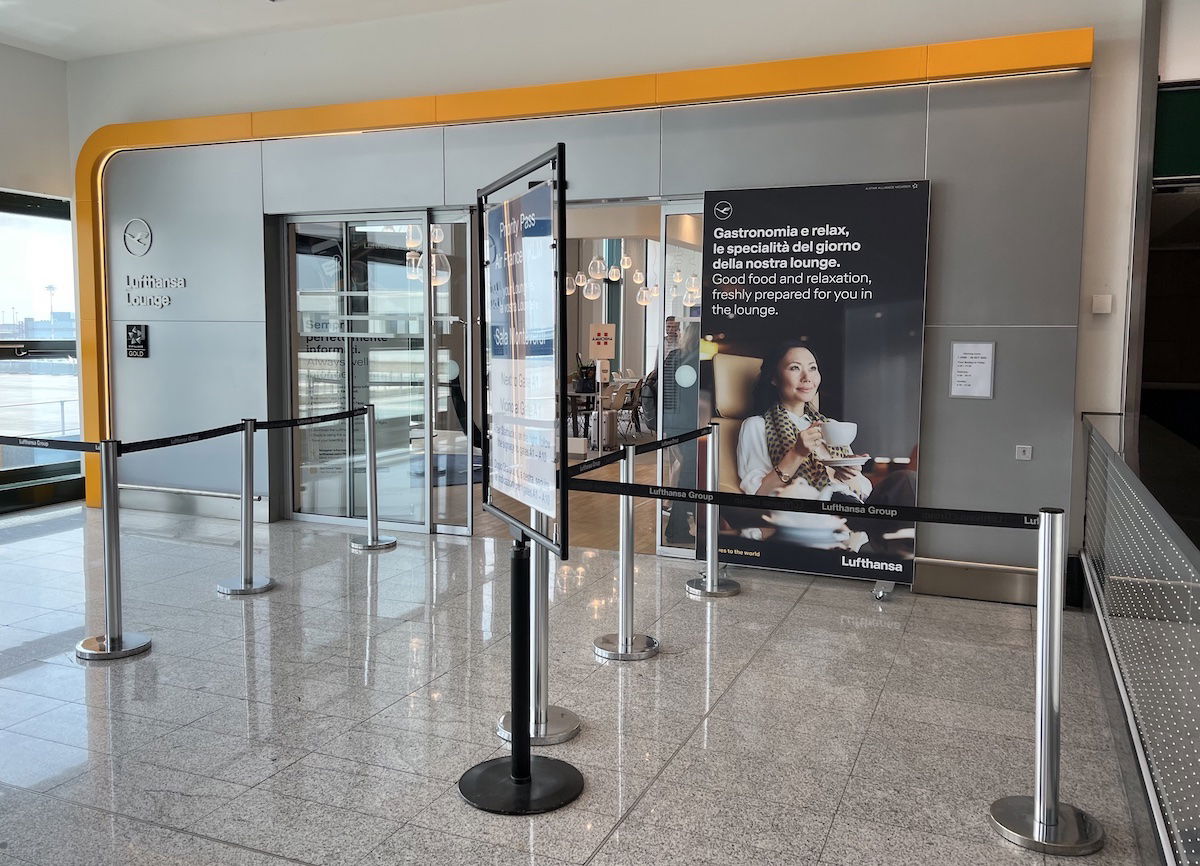
What about United Airlines lounge access?
US airlines tend to get in the way of the alliance “groove” when it comes to lounge access. That’s because within the United States you generally don’t get lounge access just for flying domestic first class, or on account of having elite status. Rather US airlines try to sell lounge memberships.
If you’re traveling within the United States on United, what does that mean?
- A first or business class ticket within the United States on United generally won’t get you lounge access, with the exception of a limited number of premium routes
- Star Alliance Gold members through United MileagePlus don’t get United Club access when traveling within the United States on United; however, Star Alliance Gold members who earn status through a program other than United MileagePlus can access United Clubs when traveling domestically
See my detailed post on United Club access, plus on United Polaris Lounge access.
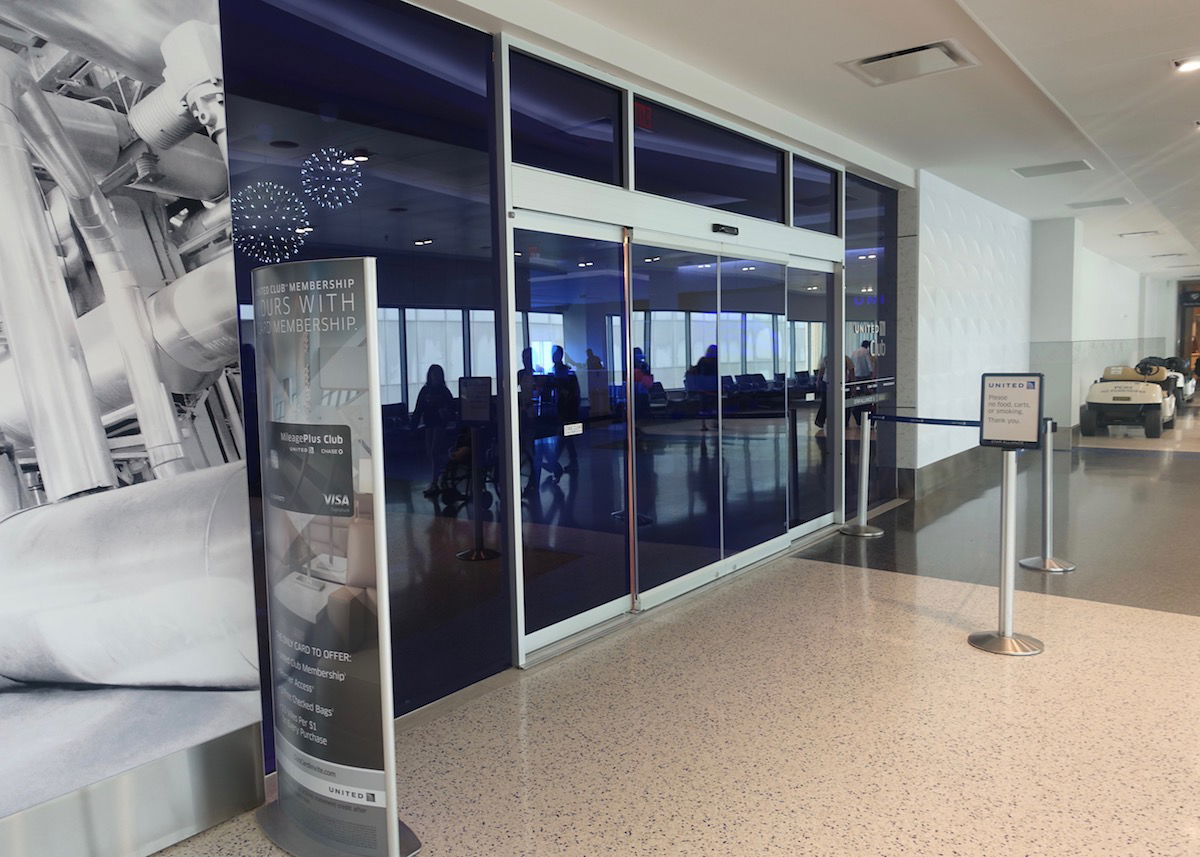
Bottom line
One of the great things about the global airline alliances is the reciprocal lounge access perks they offer to those traveling in premium cabins, as well as elite members. This is worth knowing, because in many cases you may have access to better lounges than you expect — don’t necessarily just go to the lounge that your airline gives you an “invitation” for.
In general, lounge access for Star Alliance Gold elite members is pretty great and straightforward. Meanwhile for first & business class passengers it can get a bit complicated — the major limitation is that alliance lounge access is determined based on your departing boarding pass, which isn’t ideal for those connecting beyond long haul flights (since those typically have the most generous policies).
What has your experience been with Star Alliance lounge access?
What's Your Reaction?











